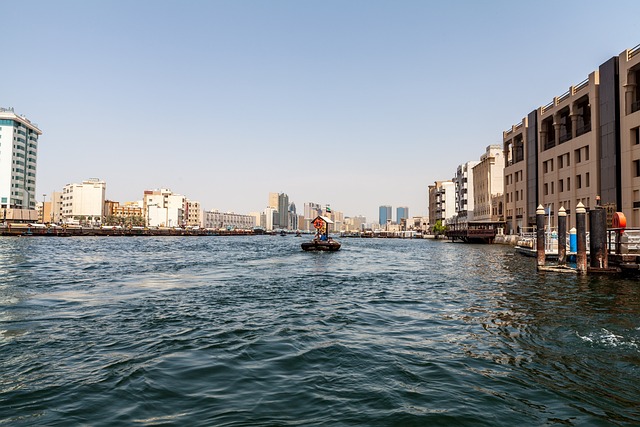Urban expansion has transformed agricultural landscapes into vibrant suburban communities, driven by real estate development. Families and individuals are attracted to suburbs offering modern amenities, quality schools, and accessible transportation. Real estate developers provide diverse housing options catering to various lifestyles, contributing to the growth and shaping of these expanding communities.
In the dynamic shift from rural to suburban living, the real estate landscape is undergoing a profound transformation. Once tranquil farmlands give way to bustling suburbs, reflecting evolving lifestyles and societal changes. This article explores the journey of rural roots transforming into suburban havens, delving into real estate trends that shape urban peripheries. From agricultural landscapes to modern neighborhoods, we uncover how these areas are redefining housing, communities, and our daily lives.
Rural Roots Transformed: A Real Estate Journey

In many parts of the world, the story of suburban growth is deeply rooted in rural beginnings. As populations expand and urbanize, the transformation from agricultural landscapes to bustling suburban communities is evident. This evolution is not just about physical changes; it’s a real estate journey that reflects shifting lifestyles and preferences. Historically, rural areas offered vast open spaces, fresh air, and a slower pace of life, attracting those seeking solace from urban congestion. Over time, as cities expanded and urbanization intensified, the allure of suburban living became increasingly appealing.
Real estate developers have played a significant role in this transformation, recognizing the potential for growth and change. They’ve converted once-remote agricultural lands into vibrant neighborhoods, offering modern amenities and convenient access to urban centers. This shift has resulted in a diverse range of housing options, from charming cottages to luxurious suburban estates, catering to various tastes and lifestyles. As rural roots give way to suburban sprawl, the real estate landscape evolves, shaping the lives and communities that emerge in these newly formed neighborhoods.
Evolving Trends: From Farmlands to Suburbs

The landscape of urban living has witnessed a remarkable transformation, especially in the transition from rural farmlands to vibrant suburban communities. This shift is not just about geography; it’s a cultural and economic evolution driven by changing lifestyles and real estate trends. In recent years, we’ve seen a noticeable trend where families and individuals are leaving the solitude of rural settings to embrace the conveniences and community dynamics of suburbs.
This transition is fueled by the allure of modern amenities, quality schools, and accessible transportation, all of which were once scarce in remote agricultural areas. Real estate developers have responded by creating diverse housing options, from quaint single-family homes to vibrant apartment complexes, catering to various suburban lifestyles. This shift reflects a growing appreciation for a balanced life, merging the tranquility of rural living with the urban conveniences that suburbs offer.
Shaping Urban Peripheries: Past and Present

The evolution of urban peripheries, both in the past and present, is a testament to the dynamic nature of rural beginnings transforming into suburban lifestyles. Historically, as populations grew, towns expanded from their cores, absorbing surrounding agricultural lands. This process, driven by economic opportunities and infrastructure development, led to the birth of suburbs—a blend of rural tranquility and urban convenience. Today, this trend continues with real estate at the forefront, as developers and investors eye untapped potential along urban fringes.
Suburban growth is not merely about physical expansion; it involves a complex interplay of socio-economic factors, including changing demographics, improved transportation networks, and the allure of affordable living spaces. Real estate plays a pivotal role in this narrative by offering diverse housing options—from quaint single-family homes to modern apartment complexes—that cater to various lifestyles and budgets, thereby shaping the fabric of these growing communities.






